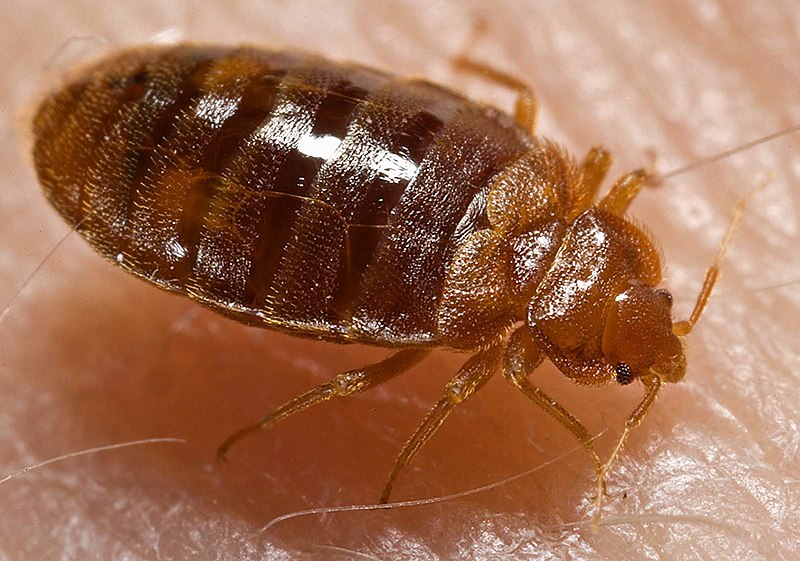Tập tin:Bed bug, Cimex lectularius.jpg

Kích thước hình xem trước: 800×561 điểm ảnh. Độ phân giải khác: 320×224 điểm ảnh | 640×449 điểm ảnh | 1.024×718 điểm ảnh | 1.280×898 điểm ảnh | 1.600×1.122 điểm ảnh.
Tập tin gốc (1.600×1.122 điểm ảnh, kích thước tập tin: 161 kB, kiểu MIME: image/jpeg)
Lịch sử tập tin
Nhấn vào ngày/giờ để xem nội dung tập tin tại thời điểm đó.
| Ngày/giờ | Hình xem trước | Kích cỡ | Thành viên | Miêu tả | |
|---|---|---|---|---|---|
| hiện tại | 14:11, ngày 17 tháng 5 năm 2007 |  | 1.600×1.122 (161 kB) | Patho | == Summary == {{Information |Description=ID#: 9822 Description: This 2006 photograph depicted an oblique-dorsal view of a '''bed bug nymph, Cimex lectularius''', as it was in the process of ingesting a blood meal from the arm of a “voluntary” human h |
Trang sử dụng tập tin
Có 1 trang tại Wikipedia tiếng Việt có liên kết đến tập tin (không hiển thị trang ở các dự án khác):
Sử dụng tập tin toàn cục
Những wiki sau đang sử dụng tập tin này:
- Trang sử dụng tại af.wikipedia.org
- Trang sử dụng tại an.wikipedia.org
- Trang sử dụng tại ar.wikipedia.org
- Trang sử dụng tại arz.wikipedia.org
- Trang sử dụng tại ast.wikipedia.org
- Trang sử dụng tại azb.wikipedia.org
- Trang sử dụng tại be.wikipedia.org
- Trang sử dụng tại bg.wikipedia.org
- Trang sử dụng tại bjn.wikipedia.org
- Trang sử dụng tại bn.wikipedia.org
- Trang sử dụng tại bs.wikipedia.org
- Trang sử dụng tại ca.wikipedia.org
- Trang sử dụng tại ca.wiktionary.org
- Trang sử dụng tại ceb.wikipedia.org
- Trang sử dụng tại cs.wikipedia.org
- Trang sử dụng tại cv.wikipedia.org
- Trang sử dụng tại dag.wikipedia.org
- Trang sử dụng tại de.wikibooks.org
- Trang sử dụng tại din.wikipedia.org
- Trang sử dụng tại el.wikipedia.org
- Trang sử dụng tại eml.wikipedia.org
- Trang sử dụng tại en.wikipedia.org
- Trang sử dụng tại en.wikinews.org
- Trang sử dụng tại en.wiktionary.org
Xem thêm các trang toàn cục sử dụng tập tin này.
